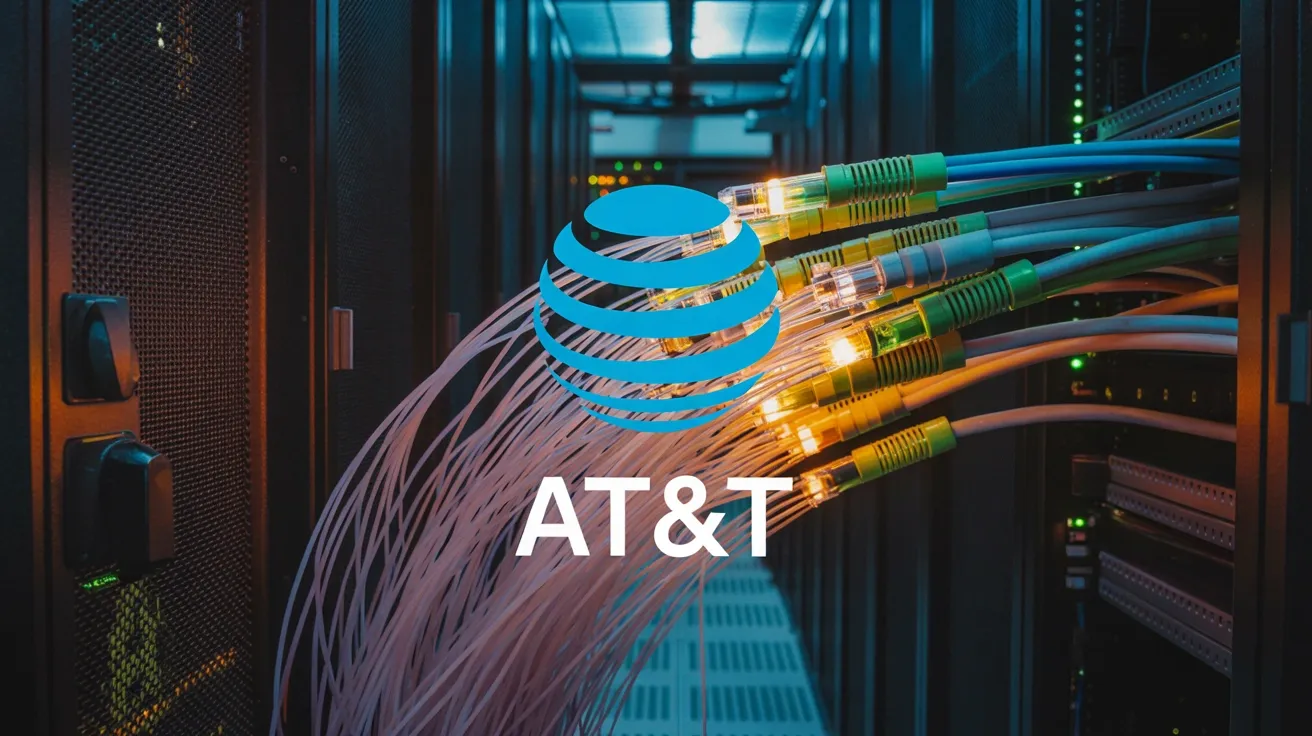How AT&T's Lumen Deal Aims to Outpace Rivals
This deal clearly signals AT&T's aggressive push to get ahead in the massive fiber broadband market.

The US telecom market is in the middle of a big wave of consolidation, driven by incredible competition across broadband and wireless services. It feels like every major operator is racing to secure its spot in a market where everything's merging.
While recent headlines have focused on mega-cable tie-ups, AT&T's recent agreement to purchase Lumen’s Mass Markets fiber business for $5.75 billion is a significant move that highlights its aggressive strategy in the ongoing "Fiber Wars."
This deal isn't just another transaction; it's a strategic play by AT&T to push its lead in the broadband arena against key rivals Verizon and T-Mobile.
The Intensifying Broadband Battlefield
US operators are facing stiff competitive crosswinds. For cable companies, the pressure comes from the growing presence of fiber overbuilders and the fast growth of 5G Fixed Wireless Access (FWA).
On the flip side, mobile virtual network operators (MVNOs) from cable giants like Charter and Comcast continue to snap up a lot of new customers in the wireless sector, quarter after quarter.
As these market dynamics intensify, both telcos and cable companies recognize the need to grow in places where they can be technologically superior and have strong local market access. This quest for "tech superiority" is what's fueling the current M&A frenzy, helping them weather the intensifying storm of competition.
What the AT&T-Lumen Deal Really Means
The AT&T-Lumen deal means AT&T is buying the business that operates under Lumen's 'Quantum Fiber' brand. This includes about one million customers and more than four million total fiber passings across 11 US states.
Key markets like Denver, Las Vegas, Minneapolis-St. Paul, Orlando, Phoenix, Portland, Salt Lake City, and Seattle are part of this acquired footprint. Since there's very little existing fiber overlap, this transaction will boost AT&T’s fiber coverage from 21 states to an impressive 30.
AT&T's Strategy Goes Deeper Than Assets
But AT&T's strategy goes deeper than just acquiring assets. The company plans to put the new operations into a completely owned subsidiary, with AT&T being its main customer.
This approach is designed to use a less capital-intensive way to roll out fiber, hinting at an open-access fiber model. Plus, AT&T intends to get some of its money back by finding an equity partner within a year of closing the transaction.
AT&T already has a strong fiber customer rate of 40% throughout 2024. The company is confident it can speed up Lumen’s established customer rate within the acquired footprint, which currently sits at 25%.
This move is strategically set to accelerate AT&T's already strong performance of over 200,000 broadband net additions per quarter, something the operator has consistently achieved for 21 quarters in a row.
The Race to Dominate Fiber Footprint: A Head-to-Head Comparison
This deal is a clear signal of AT&T's aggressive move to get ahead of its rivals in the crucial fiber broadband market. The acquisition fits perfectly with AT&T's main strategic objective: expanding its fiber presence.
With the Lumen deal, AT&T is now raising its fiber target to a huge 60 million locations across the US by 2030. This ambitious goal far surpasses the targets set by its primary competitors:
- Verizon's eventual fiber target is 35 to 40 million homes.
- T-Mobile's goal is to reach an estimated 12 to 15 million locations by 2030, primarily through its 5G fixed wireless offerings.
By dramatically expanding its fiber footprint, AT&T aims to build a commanding lead in offering high-speed, reliable internet, setting a new standard for how big a network can be in the industry.
The Power of Convergence: Fiber + 5G
AT&T's strategy isn't just about adding more fiber for fiber's sake. A big part of its plan is to combine its fiber assets with 5G wireless services. The company currently reports that an impressive four out of every ten fiber households are already combined with AT&T mobile services. This existing success suggests a quick and big increase could happen if AT&T achieves similar results in Lumen’s newly acquired, currently non-converged footprint.
This integrated approach aims to keep customers longer and build more lasting, profitable business relationships. By offering a bundled, seamless experience across both home internet and mobile, AT&T seeks to make customers more loyal and achieve a stronger position in the market.
Conclusion: AT&T's Bold Move in the Broadband Battle
The AT&T-Lumen deal is more than just an acquisition; it's a bold statement in the fierce US broadband competition. By aggressively expanding its fiber infrastructure and using a combined service approach, AT&T is making a clear move to grow faster, hold onto customers, and clearly beat its competitors in the race for the future of connectivity.
The coming years will reveal just how effectively this strategy allows AT&T to come out on top in the battle for America's internet.
